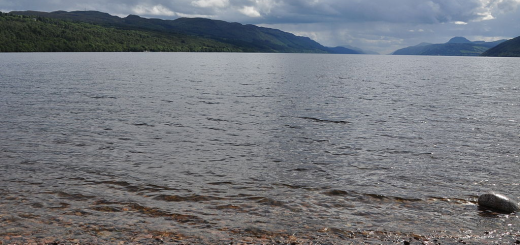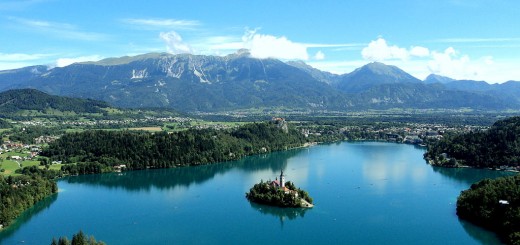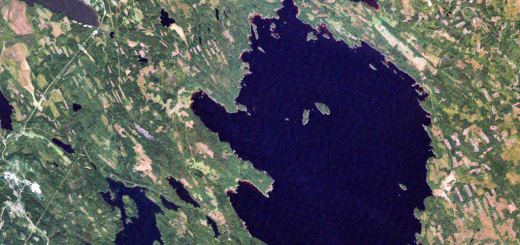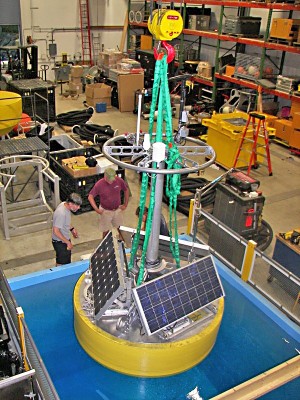Sonar Uncovers Giant Craters In Lake Neuchatel
0With the help of multi-beam sonar, Anna Reusch, a doctoral student at Switzerland’s ETH Geological Institute, has made an unexpected discovery in Lake Neuchatel. While out making a routine pass to study the lake’s sediment, the sonar revealed massive underwater craters, according to a release from the institute.
Reusch, who was collecting data to learn more about the history of earthquakes on Switzerland’s western plateau, was understandably surprised by the development. For her, the discovery means re-evaluating her entire doctoral dissertation.
“I’ll remember this day for a long time – I never expected anything like this,” said Reusch, in the release. “It just goes to show that even in the 21st century, there are still thrilling and exciting discoveries to be made in Switzerland!”

Craters in Lake Neuchatel were found using this sonar device. (Credit: Jasper Moernaut, ETH Zurich)
Reusch and others located four large craters in the lake’s deep waters, with the largest reaching 160 meters in diameter. Scientists nicknamed that one “Crazy Crater,” partly because of its size but also because of its near-perfect circular shape.
Though they tried to capture core samples of the craters’ beds, muddy sediment was too fluid for collection. Instead, researchers analyzed isotopes, water temperatures and suspended sediments to find that the largest crater, as well as the others, are fed by water flowing up from below. And with a temperature difference of almost 3 degrees Celsius, concluding that the waters were distinct was obvious.
“In other words, these craters are in fact springs,” said Reusch, in the release. And she believes that the craters are likely linked to karst systems of the Jura Mountains nearby.
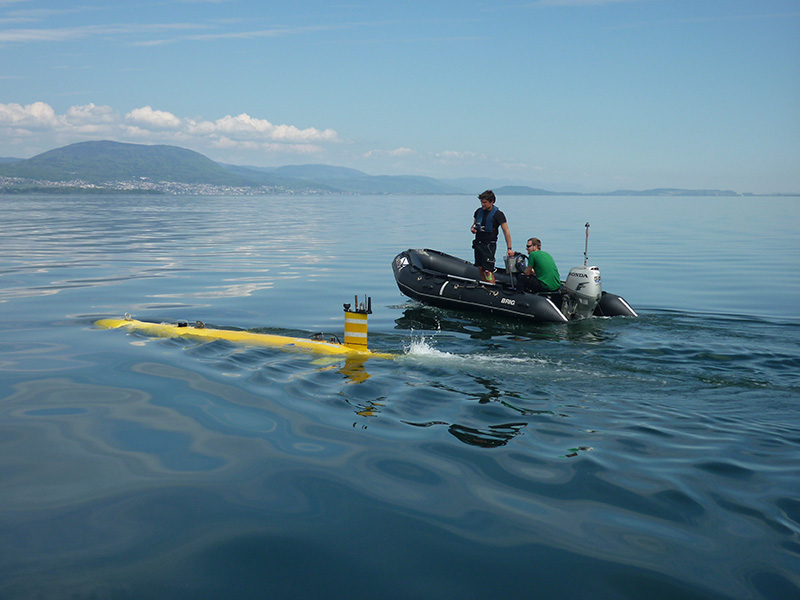
Scientists navigated an unmanned submarine to the craters’ locations. (Credit: Anna Reusch, ETH Zurich)
Dating the sediment cores helped to reveal that it’s been more than a thousand years since Crazy Crater let loose any new sediment onto its levee. Scientists are unsure what triggers the eruptions and more long-term monitoring is needed to understand them, they say.
Sonar data were only collected on the deep parts of Lake Neuchatel. The shallow depths have yet to be mapped, so it is unknown if there are more craters to find.
Featured Image: Lake Neuchatel. (Credit: Wikipedia User Martouf via Creative Commons 3.0)




